10 of the Healthiest Breeds You Could Ever Wish For
With so many genetic issues in today's breeds, such as hip dysplasia, hypothyroidism and eye problems, it may seem like an impossible task to find a breed that has relatively 'clean' genes. Yet it's a possibility with these 10 breeds.
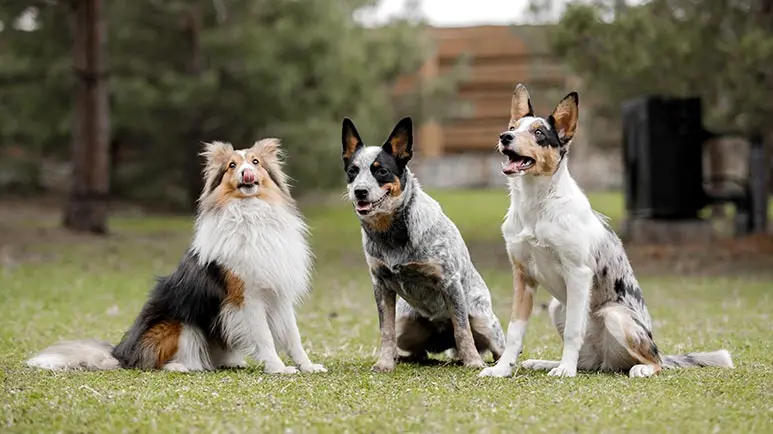
STORY AT-A-GLANCE
- A healthy dog is a happy dog but some are prone to disorders such as hip dysplasia, hypothyroidism and eye problems that can be genetic
- Ancestral hardiness can be seen in many of today’s breeds, even if the dogs are no longer sheepherders, dog sled pullers or retrievers
- Regular exercise, a modified vaccine protocol, species-appropriate healthy food designed for their bodies, lots of love and positive reinforcement go a long way toward helping your dog live a long, healthy life
Editor's Note: This article is a reprint. It was originally published November 10, 2016.
If you're in the market for a canine companion, there are a number of considerations to make first. If you have an active lifestyle that includes soccer in the park and hikes that your new pup can join in on, there are energetic breeds well suited for that.
You may be just the opposite, leading a quiet life with long walks and good books, and perhaps a dog would be a welcome buddy. But whatever type of dog fits your lifestyle, you want him to be as vigorous as possible. What breeds are the healthiest and what physical conditions should you look for?
- Mutt
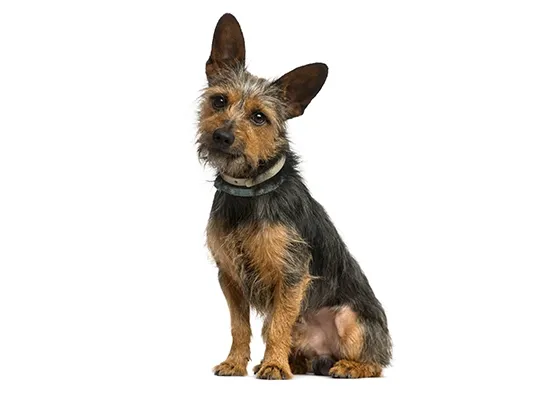
Genetically unique is a good term for this breed of dog, because no one mutt is like another. Each one is an amalgam of whatever breeds came before, arguably possessing all the strongest physical attributes.
Consequently, depending on the DNA of your mixed breed dog, mutts are perfect for anyone hoping for a dog with few health concerns. If you're in the market, your local shelter is the place to find your pick of the litter. - Shiba Inu

Small, adventurous and very agile, the National Shiba Club of America says Shibas "can rightfully be described as sturdy, healthy little dogs, able to withstand the rigors of outdoor life."1
Patellar luxation (kneecap dislocation) is probably the most potentially harmful disorder, evidenced when the patella (kneecap) is displaced, causing noticeable limping to crippling. Often undiagnosable, puppies as young as 5 weeks may require surgery, but a second opinion is never a bad idea. - Australian Cattle Dog

Described as a stubborn, independent "high achiever," the Australian Cattle Dog needs to be given physical as well as mental exercise to keep his mind sharp. One famous Aussie named Bluey2 was notably long-lived to 29, but the normal lifespan is between 10 and 13 years.
Pet MD lists PRA as one of the major health concerns, as well as deafness, hip or elbow dysplasia and osteochondritis dissecans (OCD), which occurs when joint cartilage dies. Eye diseases may also appear, so regular check-ups for your pup are important. - Border Collie
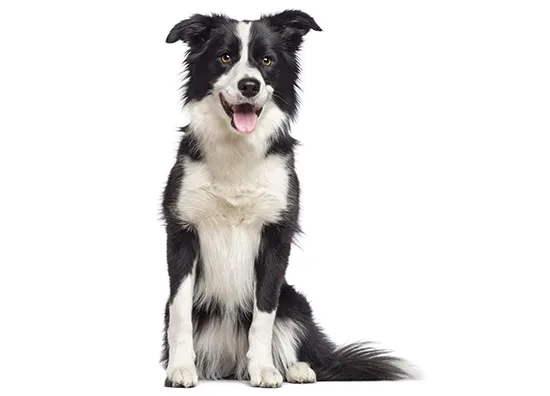
This active breed seems to have eluded many health problems seen in other dogs. They can live to as old as 14 years and have seemingly unlimited energy and stamina, but health problems can occur.
Most prevalent are PRA, osteochondritis dissecans and patent ductus arteriosus (a joint disease that usually strikes larger dogs).
Other issues may include lens luxation (weakness of eye ligaments), collie eye anomaly, hypothyroidism and canine hip dysplasia. Help keep your pup healthy with regular vet visits. - English Springer Spaniel
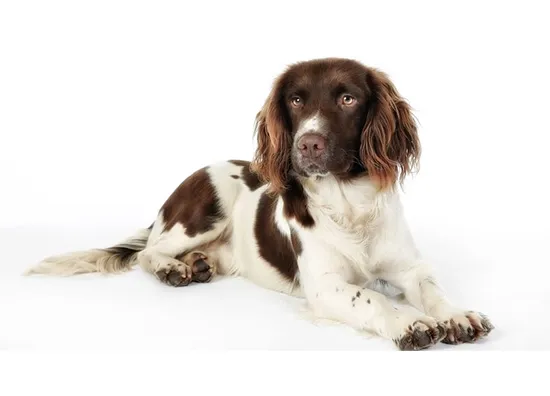
Alert, attentive and intelligent, these dogs aren't known to have many health issues to worry about. When they do, it usually involves their eyes, like progressive retinal atrophy or retinal dysplasia. Otitis externa, or swimmer's ear, shows up occasionally.
This breed, with an average lifespan of 10 to 14 years, can also be prone to major health concerns like hip or elbow dysplasia and phosphofructokinase deficiency, an inherited, stress-related disorder. - Basenji

One of the smallest hounds, Basenjis are amazingly quiet, so much so they're sometimes compared to cats They're active and enjoy daily exercise but make good family pets for quieter households.
Eye diseases and a serious kidney disease called Fanconi syndrome are unique but rare problems to look for in the Basenji. Also, PRA, an intestinal disease called enteropathy and umbilical hernia may appear, as well as hypothyroidism and pyruvate kinase deficiency, affecting the red blood cells. - Belgian Malinois
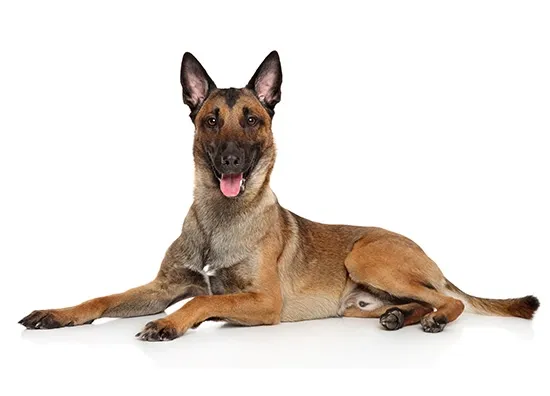
Resembling a German shepherd, another breed noted for being devoted and sensitive is the Belgian Malinois, but they love a good chase! As healthy and active as any canine, these dogs don't have some of the health concerns found in other working dog breeds.
Hip dysplasia and anesthesia sensitivity (an actual disorder) — especially the latter — can cause a higher than average death rate due to this breed's muscle to fat ratio.3 - Beagle

Anyone looking for a smaller dog breed may fall in love with the Beagle. This breed is lovable, energetic and typically lives to old age, compared to other pups. Easy to get along with and very clever, they love to play (and dig).
Like many other dogs, the physical problem that strikes most often is obesity, so watch their diet. Epilepsy, allergies, hip dysplasia, cherry eye (prolapse of the third eyelid gland)) and hypothyroidism are all conditions they may be prone to but that can be managed by your local veterinarian, in most cases.4 - Siberian Husky
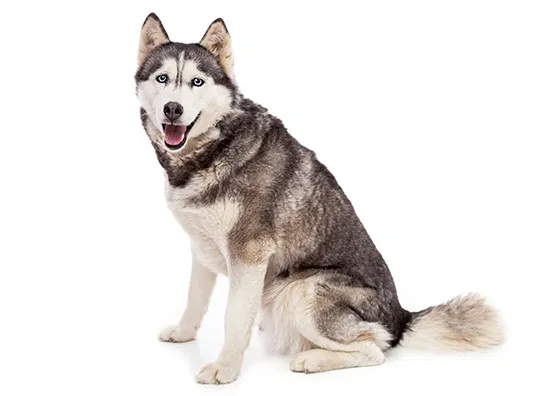
This large dog belongs to a relatively healthy breed, with almost no health issues to look for. Their forebears are from the strong, resilient sled dogs that helped settle the Alaskan wilderness, but today they're known for being fun to be with and great dogs for both families and adventurers.
Hip dysplasia, an inherited problem, is a malformation in the hip socket that can lead to arthritis. Eye disorders can consist of corneal dystrophy and progressive retinal atrophy. Juvenile cataracts can also form before they're 2 years old.5 - Australian Shepherd
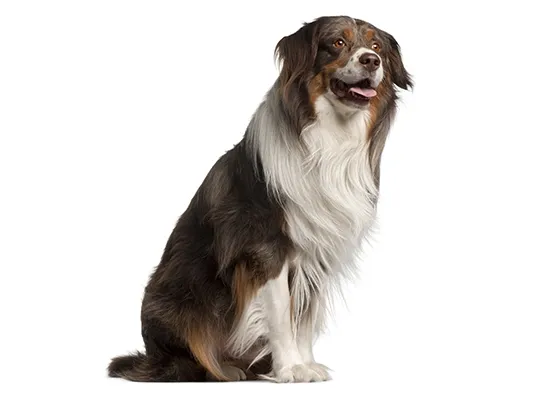
These pups are energetic, intelligent and easy to train. Their background is in shepherding, so the stock they come from is naturally hardy. In addition, they typically lack many of the hereditary problems other breeds are prone to.
Genetic difficulties they may develop include hip dysplasia. Eye problems they may be prone to are colobomas (when part of the eye tissue isn't developed), cataracts, detached retinas, progressive retinal atrophy (PRA) and collie eye anomaly, which can be either mild or blinding,6 so have your dog's eyes checked annually.
Take Good Care of Your Dog to Help Her Live a Long, Happy Life
When a dog enters your world, doing everything you can to enhance her wellbeing is important. Regular exercise, a modified vaccine protocol, species-appropriate healthy food designed for her body (dogs are facultative carnivores), lots of love and positive reinforcement go a long way toward helping her live the long, healthy life she was born to live.
Your pup looks to you to make the right decisions for her, just as you choose wisely for yourself and other members of your family. What you get in return is unconditional love, companionship and some of the best laughs you've ever had.
Sources and References
- Mom.me October 18, 2016
- 1,6 VetStreet 2001-2024
- 2 National Shiba Club of America 2001-2024
- 3 PetVR 2004-2016
- 4 Dog DNA Belgian Malenois
- 5 Cesar’s Way 2015











